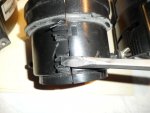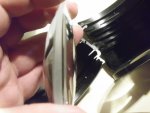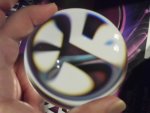- Joined
- Jul 10, 2015
- Messages
- 13,083
- Points
- 113
Here's one for sale cheap, don't worry about the dirty acrylics, the center will be clean glass.
https://www.ebay.com/itm/TV-Project...029315?hash=item3d4cf37783:g:U08AAOSwyjJZ2BM0
https://www.ebay.com/itm/TV-Project...029315?hash=item3d4cf37783:g:U08AAOSwyjJZ2BM0
Attachments
Last edited:









